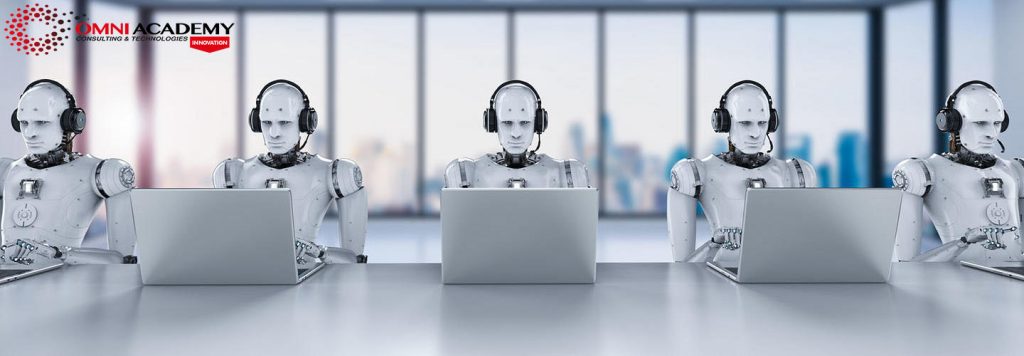
About Blog
Robotic Process Automation is the technology that allows anyone today to configure computer software, or a “robot” to emulate and integrate the actions of a human interacting within digital systems to execute a business process. RPA robots utilize the user interface to capture data and manipulate applications just like humans do. They interpret, trigger responses and communicate with other systems in order to perform on a vast variety of repetitive tasks. Only substantially better: an RPA software robot never sleeps and makes zero mistakes.
In this Blog of RPA Life Cycle, we’ll have a look at different stages in the RPA life Cycle.
Learn More
Life Cycle of RPA
The life cycle of RPA doesn’t have a defined structure but, in general, there are four stages in RPA. They are:
- Analysis: Identification of the business process for RPA development
- Development: Fulfillment of requirements
- Testing phase: Performance of quality checks
- Deployment and maintenance: Deployment and maintenance of bots

Let’s understand all stages individually.
Analysis:
Analysis is the beginning of the RPA life cycle. A business analyst team along with an RPA architect work together to come up with a plan as to why they need RPA and how it can be helpful to them. They use a developmental methodology and develop a strategy to automate tasks in order to eradicate manual work as much as they can. The RPA lead decides a timeline to put this plan to work. After the paperwork and the rest of the formalities, they start the development process.
Development of the Bot:
The development team starts working on the requirements for the automation task. Depending on the kind of automation required, there might or might not be coding involved. Usually, there is no coding. But, there can be exceptions.
Testing Phase:
Depending on the kind of automation developed and the organization, the bot is tested either by the development team itself or by a separate testing team, which is similar to the regular software testing.
Deployment and Maintenance:
After the successful development and testing of the bot, it is now ready for deployment. Once deployed, if there seems to be a problem, then it again undergoes checking by the development team and testing. Every time the bot is deployed, it undergoes maintenance and updating.
RPA Lifecycle does not have any particular defined structure. It includes different phases of the automation process, from the creation of bots to the execution of the bots.
Check out the link given below of RPA courses and Learn with us
Related Courses – Learn Online Now
Robotic Process Automation (RPA) UiPath
Machine Learning with 9 Practical Applications
Data Sciences with Python Machine Learning
Data Sciences Specialization
Diploma in Big Data Analytics
Mastering Python – Machine Learning
Learn Internet of Things (IoT) Programming
Oracle BI – Create Analyses and Dashboards
Microsoft Power BI with Advance Excel






 WhatsApp Us
WhatsApp Us
Leave a Reply